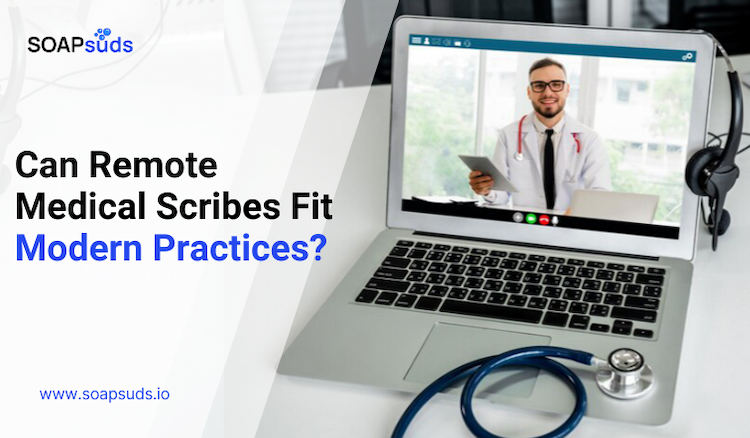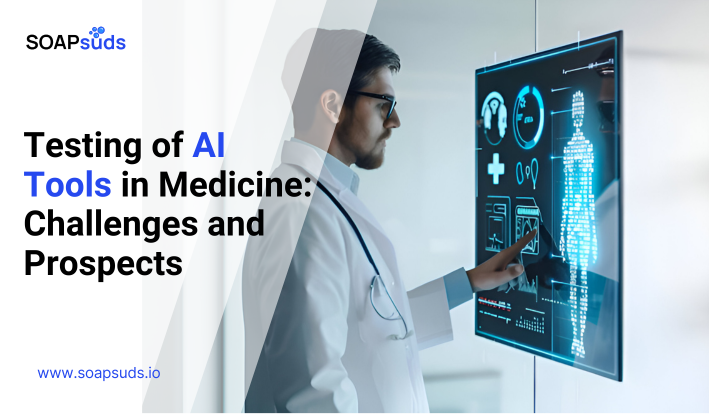Tips to Improve Medical Documentation for EHR Integration
SOAPsuds team
Published: 1/31/2025
SOAPsuds team
Published: 1/31/2025

As a healthcare provider in the United States, knowing the International Classification of Diseases...

Medical scribes have been essential to the healthcare industry for years, supporting clinicians by accurately...

The healthcare sector is undergoing a major shift with the introduction of AI-driven medical...

Physicians have welcomed AI medical scribe software, recognizing its role in lessening the documentation load...

The integration of AI Medical Scribes in healthcare is proving to be a crucial...

With the rapid growth of artificial intelligence, regulators like the FDA have approved hundreds of...
Clinical Notes
SOAP notes
DAP notes
AI medical notes